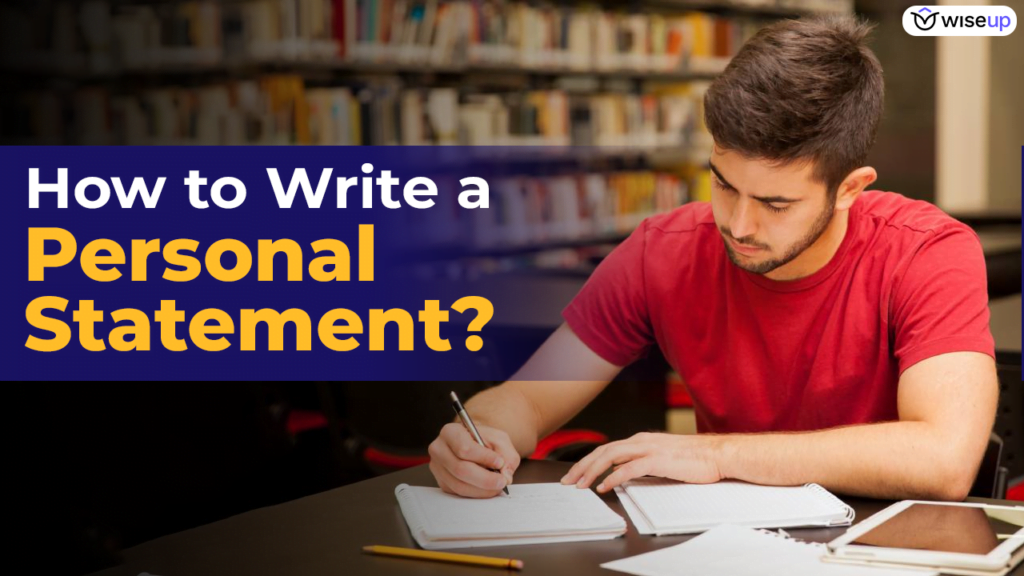Are you an ambitious student planning to study abroad and aiming for admission to your preferred universities? Then this blog is perfect for you. Firstly, understand the differences between an SOP and a personal statement. Also, learn how to write a personal statement in a stand-out way!
Differences between an SOP and a Personal Statement?
Let’s categorize the differences between an SOP and a Personal Statement as follows:
Purpose – An SOP typically is more academic and mainly communicates one’s professional experiences. A Personal Statement focuses on showcasing your personality and your fit within the university’s social and cultural environment.
Key Features – The sections of both are given in the below table.

Focus – An SOP is forward-looking and details the plans with the obtained degree. In contrast, a Personal Statement reflects on past experiences that shaped your current self and isbackward-looking.
Word Limit – Generally, an SOP is typically of 1000 words. A Personal Statement is 500-650 words
To know more about the differences between these documents you can check out the video given below.
Here’s a step-by-step guide to writing a Personal Statement
1. Choose a topic for your Personal Statement
Check for prompts given by universities – Before starting your writing, verify if your university has specific essay prompts, such as -‘Describe challenges faced during your education’ or ‘Explain your reasons for applying to each academic program listed.’, etc.
Hunt for your own topic – If prompt is not given, think of a topic that reflects your personality. It could be a unique story about a teacher or friend, about a hobby or achievement, or a challenge you overcame.
2. Brainstorm content and organize it
Once you have selected your topic, brainstorm the content.
What needs to be included in each section is briefly given below:
Introduction – Talk about the challenge or obstacle that you faced or how you were before the event took place.
Body – Discuss in length about how you overcame that challenge, what was your learning from the process, or share the details of that event and how it took place.
Conclusion – Discuss how the experience you have shared is important and has shaped your personality, and how you plan to bring that change to the university or the program you join.
Do check out our YouTube video for explanation on this with examples
3. Write your Personal Statement
Start writing your Personal Statement after gaining clarity. Once you have everything down on paper, start editing. Focus on improving grammar, language, while eliminating any unnecessary information.
Repeat this process 2, 3, or 4 times until you have a final version that you are satisfied with and believe represents your best work.
Here is a bonus sample Personal Statement for your reference!

4. Seek feedback from people
Share your Personal Statement with 3 or more people who have a good command over English and ask them to share their feedback. Make modifications as per suggestions given.

To learn in detail how to write a Personal Statement, SOPs, and LORs, and receive tons of sample essays from top universities, then you can enroll in our study abroad course. Write your Way to Study Abroad.
Otherwise, if you want to get your essays reviewed, get your mistakes corrected, and make them ready for submission by us, you can check out our study abroad feedback program. SOP Review Program.
For any questions or advice you need in this area, feel free to drop a comment, and we will make sure to get back to you as soon as possible 🙂




